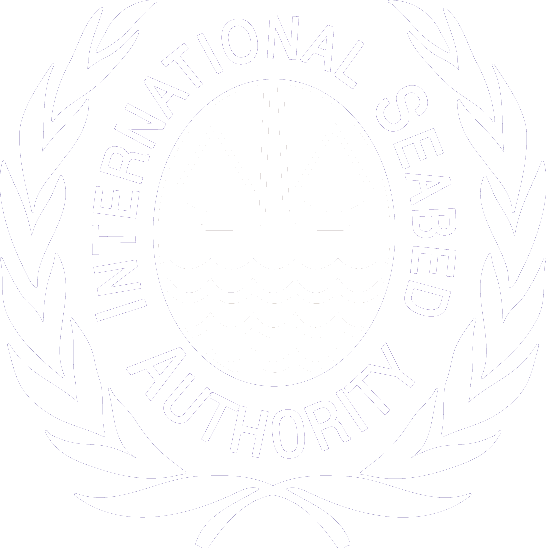The International Seabed Authority (ISA) welcomes the conclusion of a new international legally binding instrument on the conservation and sustainable use of marine biological diversity in areas beyond national jurisdiction (BBNJ Agreement), 40 years after the entry into force of the United Nations Convention on the Law of the Sea (UNCLOS).
ISA is the international organization mandated by UNCLOS to organize and control activities in the international seabed area (the Area). This includes adopting the necessary measures to ensure the effective protection of the marine environment and conservation of marine biodiversity, including the natural resources of the Area to which the BBNJ Agreement will apply.
In view of the applicable legal framework under Part XI of UNCLOS and the 1994 Agreement, which shall be interpreted and applied as a single instrument, ISA could effectively contribute to each of the elements constituting the package deal of the BBNJ Agreement, and particularly area-based management tools (ABMTs), including marine protected areas and environmental impact assessment.
Already in 2012, the ISA Council adopted the first regional-scale environmental management plan (REMP) for the manganese nodule province of the Clarion-Clipperton Zone. This plan, which explicitly adopts the precautionary approach and ecosystem-based management, included the designation of areas of particular environmental interest, which are entirely protected from exploitation. They represent the largest network of marine protected areas established in areas beyond national jurisdiction and are a significant contribution to the objectives set out in the BBNJ Agreement. REMPs and related ABMTs are under development for other priority regions of the Area identified by the Council.
Pursuant to Part XI of UNCLOS and the 1994 Agreement, ISA has also developed a comprehensive regime for environmental impact assessments for activities in the Area. In the exploration phase, there are substantive regulations and recommendations in place related to the assessment of possible environmental impacts. ISA is also in the process of developing procedures and standards for environmental impact assessments as part of the draft regulations to govern the exploitation of mineral resources in the Area.
In this context, coordination, cooperation and complementarity are pivotal for the sustainable use of the ocean resources under the BBNJ Agreement. To this end, ISA stands ready to work with all relevant stakeholders to implement the ambitious goals set out by the BBNJ Agreement.
For media enquiries, please contact:
Ms. Stefanie Neno, Communications Specialist, ISA, sneno@isa.org.jm


